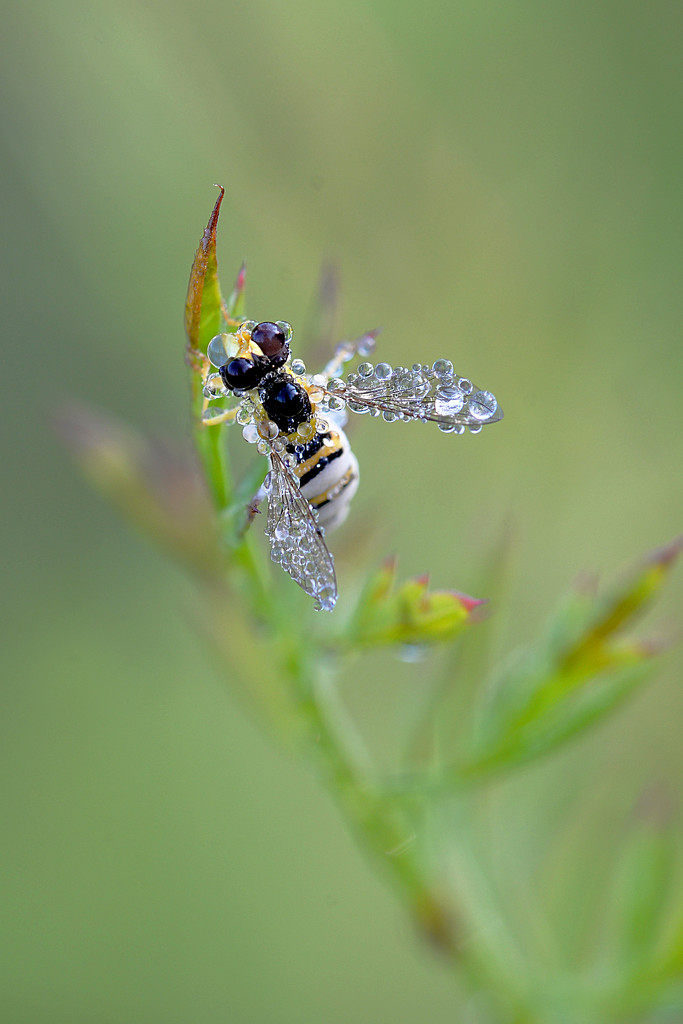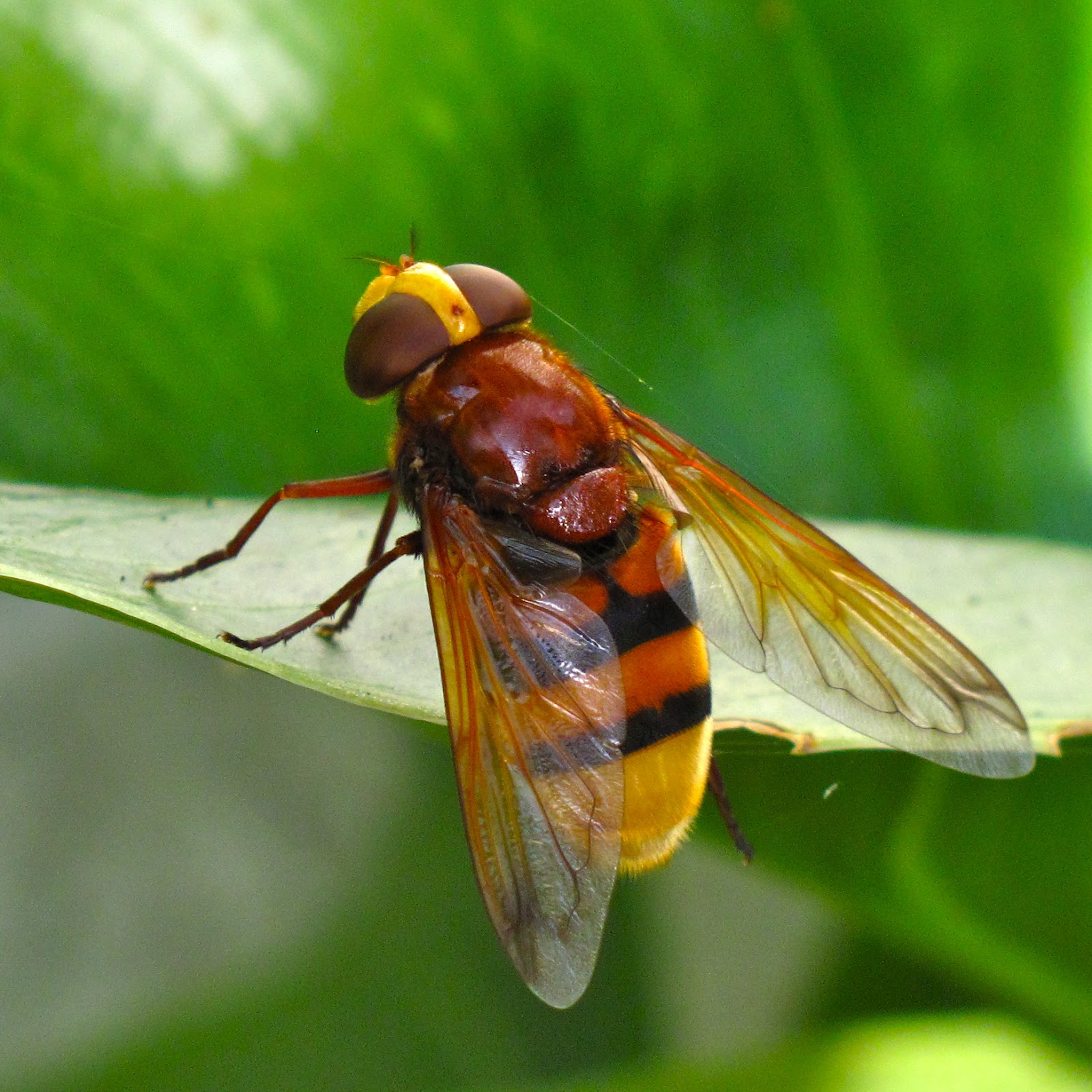

When not suspending themselves in mid-air, hover flies can move up, down, forwards and backwards. Their characteristic flight pattern is one of exceptional maneuverability. Hover flies are Excellent PollinatorsĪdult hover flies are frequent visitors to a wide variety of plants, zipping from flower to flower in search of nectar and pollen.

Once you can calmly (and correctly!) identify these beneficial tricksters, you’ll absolutely want to keep them hovering around your garden. They also lack the long antennae that most bees and wasps have. Hover flies have a typical fly head with enormous compound eyes. Hover flies have only two, while bees and wasps will have four. So next time you think you see a bee or wasp in the garden – or one lands on you as you’re working up a sweat – don’t freak out and take a closer look.Ĭount the wings. This is why they’re also mistaken for sweat bees. Many creatures – including us humans – are programmed to fear and avoid anything with black and yellow coloring.Īlthough adult hover flies much prefer flower nectar, during dry periods they are known to land on people to sip their salty sweat. This fascinating bit of subterfuge, known as Batesian mimicry, allows a harmless species, like the hover fly, to deceive predators into identifying them as a more harmful one, like a stinging insect. But hover flies are “true flies” – they don’t sting or bite. Many have bright yellow and black stripes, bands, or dots along their bodies, making them appear to be wasps or bees to the untrained eye. In North America alone, there are hundreds of species – some smooth and slender, others furry and plump. With 6,000 species in 200 genera, hover flies – also known as flower flies or syrphid flies – are found in every continent except Antarctica. Let’s take a moment to appreciate hover flies as the helpful and abundant allies they are in the garden. They are one of the few insects that can fly backwards.ĭespite the key role they play in pollination and insect predation, hover flies don’t receive near the same amount of love and adoration as bees and ladybugs do. When they take to the skies, however, hover flies are easy to identify because they levitate like little helicopters and dart among the blooms.

When at rest on a flower, it’s nearly impossible to tell the difference. Operating like undercover agents, hover flies are easily mistaken for bees or wasps. Hover flies are truly unsung heroes in the garden.


 0 kommentar(er)
0 kommentar(er)
